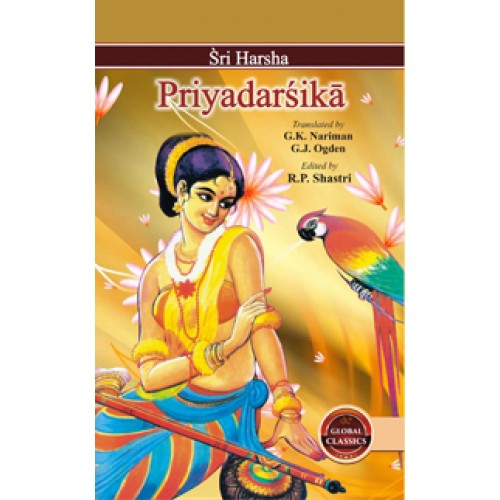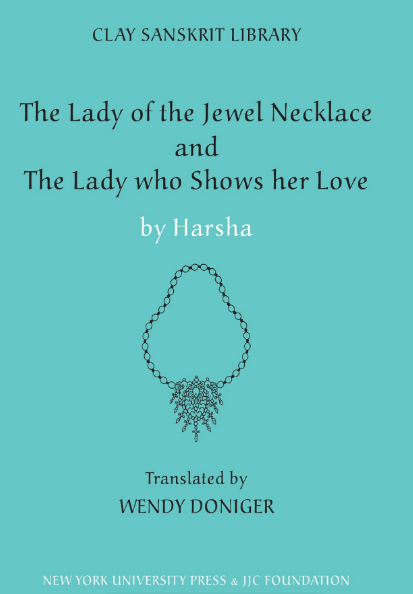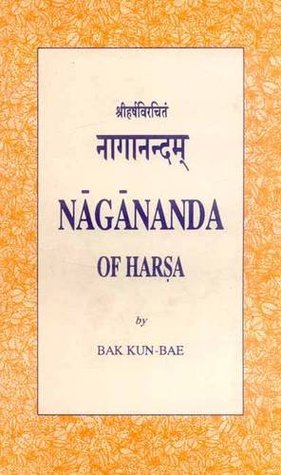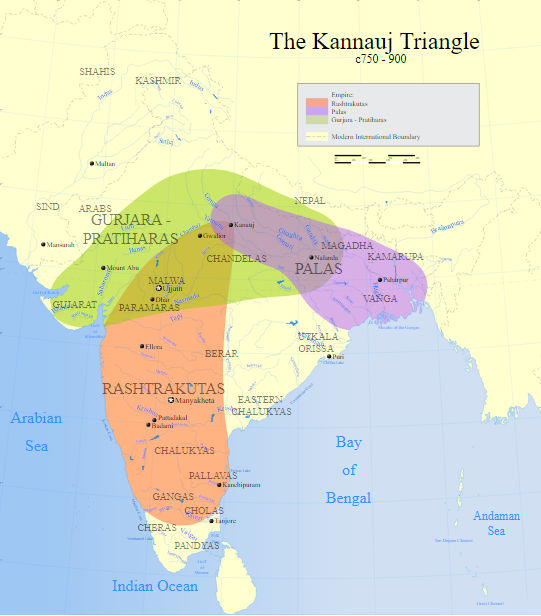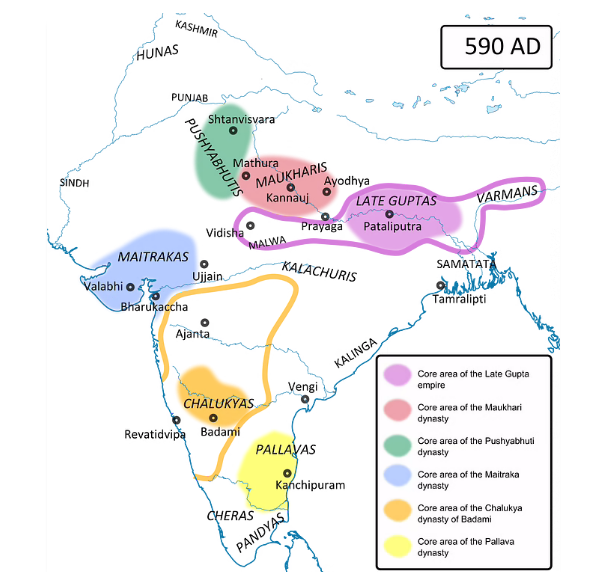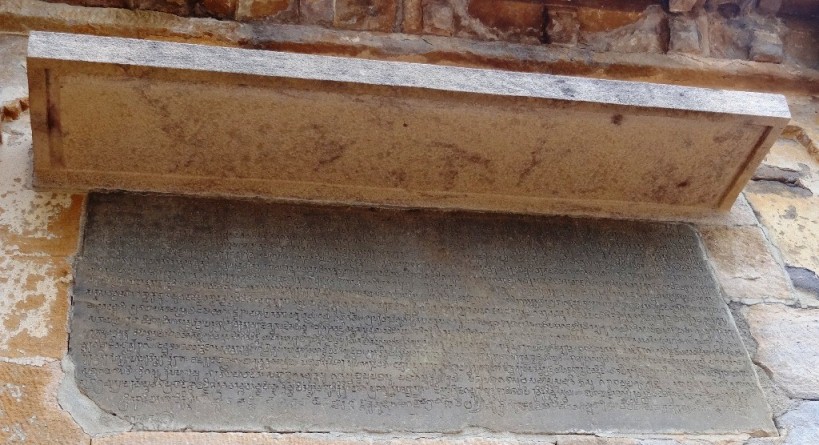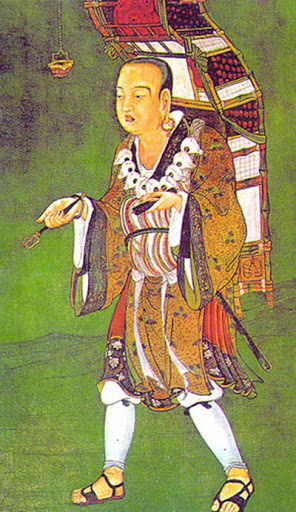The Dec 10th Ancient History (Pushyabhuti Dynasty)
Quiz-summary
0 of 5 questions completed
Questions:
- 1
- 2
- 3
- 4
- 5
Information
The Dec 10th Ancient History (Pushyabhuti Dynasty)
You have already completed the quiz before. Hence you can not start it again.
Quiz is loading...
You must sign in or sign up to start the quiz.
You have to finish following quiz, to start this quiz:
Results
0 of 5 questions answered correctly
Your time:
Time has elapsed
You have reached 0 of 0 points, (0)
Categories
- Not categorized 0%
- 1
- 2
- 3
- 4
- 5
- Answered
- Review
- Question 1 of 5
1. Question
Which of the following books were authored by Harshavardhan?
1. Ratnavali
2. Nagananda
3. Priyadarshika
4. The Lady of the Jewel Necklace & The Lady who Shows Her LoveCorrectAns;- d) All of the above
Explanation;-
• All of the above books were authored by King Harshavardhan.
• The Harshavardhana was born in 590 AD to King Prabhakaravardhana of Sthaneshvara (Thanesar, Haryana).
• He belonged to the Pushyabhuti also called the Vardhana dynasty.
• He was a Hindu who later embraced Mahayana Buddhism.
• He was married to Durgavati.
• He had a daughter and two sons. His daughter married a king of Vallabhi whereas his sons were killed by his own minister.
• King Harshavardhana deeds were praised by Chinese Buddhist traveller Xuanzang in his writings.
• The Harsha was a great patron of the arts.
• He himself was an accomplished writer.
• He is credited with the Sanskrit works Ratnavali, Priyadarshika and Nagananda, as shown in the below attahced images.


 Incorrect
IncorrectAns;- d) All of the above
Explanation;-
• All of the above books were authored by King Harshavardhan.
• The Harshavardhana was born in 590 AD to King Prabhakaravardhana of Sthaneshvara (Thanesar, Haryana).
• He belonged to the Pushyabhuti also called the Vardhana dynasty.
• He was a Hindu who later embraced Mahayana Buddhism.
• He was married to Durgavati.
• He had a daughter and two sons. His daughter married a king of Vallabhi whereas his sons were killed by his own minister.
• King Harshavardhana deeds were praised by Chinese Buddhist traveller Xuanzang in his writings.
• The Harsha was a great patron of the arts.
• He himself was an accomplished writer.
• He is credited with the Sanskrit works Ratnavali, Priyadarshika and Nagananda, as shown in the below attahced images.



- Question 2 of 5
2. Question
After the death of king Harshavardhan, a tripartite struggle ensued between the three contemporary power for the supremacy of Kannauj. Which of the following was not a party in the struggle?
CorrectAns;- d) Paramars
Explanation;-
• As question asked not one of the tripartite i.e. Paramars.
• The Tripartite Struggle for control of northern India took place in the ninth century.
• The struggle was between the Pratihara Empire, the Pala Empire and the Rashtrakuta Empire, as shown in the below attahced image. Incorrect
IncorrectAns;- d) Paramars
Explanation;-
• As question asked not one of the tripartite i.e. Paramars.
• The Tripartite Struggle for control of northern India took place in the ninth century.
• The struggle was between the Pratihara Empire, the Pala Empire and the Rashtrakuta Empire, as shown in the below attahced image.
- Question 3 of 5
3. Question
Consider the following statements
1. The Harshavardhana was also known as Siladitya.
2. The Harshavardhana defeated Pulakesin II, the Chalukya kings of Badami.
3. The Banabhatta was the contemporary of Harshavardhana.
Which of the statements given above is/are correct?CorrectAns: b) Only 1 and 3
Explanation:-
• The 2nd statement is reversed.
• The Harshavardhana also known as Siladitya (Shila means cool and Aditya refers to Sun), ascended the Pushyabhuti throne in 606 AD and from this year started the Harsha era.
• The Pulakeshin II Chalukya king of Badami defeated Harshavardhana at the bank of Narmada.
• It was the only defeat of Harsha’s victorious life.
• The Harsha gathered around him a circle of learned men of whom Banabhatt, the author of Harshachairta and Kadamtari in the most well known.
• Hence, the correct answer is option b. Incorrect
IncorrectAns: b) Only 1 and 3
Explanation:-
• The 2nd statement is reversed.
• The Harshavardhana also known as Siladitya (Shila means cool and Aditya refers to Sun), ascended the Pushyabhuti throne in 606 AD and from this year started the Harsha era.
• The Pulakeshin II Chalukya king of Badami defeated Harshavardhana at the bank of Narmada.
• It was the only defeat of Harsha’s victorious life.
• The Harsha gathered around him a circle of learned men of whom Banabhatt, the author of Harshachairta and Kadamtari in the most well known.
• Hence, the correct answer is option b.
- Question 4 of 5
4. Question
Consider the following statements
1. The Aihole inscription mentions the war between Harshavardhana and Sasanka.
2. The Hiuen-Tsang came India during the reign Harshavardhana.
Which of the statements given above is/are correct?CorrectAns: b) Only 2
Explanation;-• A slab on the outer side wall of the temple is in Sanskrit language and Old Kannada script.
• It is dated to Saka 556 (634 CE), and is a poem in a variety of Sanskrit metre by Jain Poet Ravikirti who is also the adviser to the king Pulakeshin II.
• The Aihole inscription mentions the war between Harshvardhana and Pulakesin II, the Chalukya king of Badami.
• It says that Harsha met defeat at the hands of Pulakesin II.
• The Hiuen-Tsang, the celebrated Chinese pilgrim, visited India during Harshvardhana’s reign.
• He spent about eight years (635-643 AD) in the dominions of Harsha.
• Hence, the correct answer is option b.IncorrectAns: b) Only 2
Explanation;-• A slab on the outer side wall of the temple is in Sanskrit language and Old Kannada script.
• It is dated to Saka 556 (634 CE), and is a poem in a variety of Sanskrit metre by Jain Poet Ravikirti who is also the adviser to the king Pulakeshin II.
• The Aihole inscription mentions the war between Harshvardhana and Pulakesin II, the Chalukya king of Badami.
• It says that Harsha met defeat at the hands of Pulakesin II.
• The Hiuen-Tsang, the celebrated Chinese pilgrim, visited India during Harshvardhana’s reign.
• He spent about eight years (635-643 AD) in the dominions of Harsha.
• Hence, the correct answer is option b. - Question 5 of 5
5. Question
Consider the following statements:
1. Harshavardhana did not maintain any diplomatic relations with foreign countries.
2. Kadambari was written by Harshavardhana.
Which of the statements given above is/are correct?CorrectAns:- d) Neither 1 nor 2
Explanation:-
• Both the statements were incorrect.
• The Harshvardhana maintained diplomatic relations with China. In 641 A. D. he sent an envoy to Tai-Tsung, the Tang emperor of China.
• The three Chinese missions subsequently visited his court.
• The Harshavardhana wrote thee Sanskrit play Naganada, Ratnavali and Priyadarshika while Kadambari was written by Banabhatta.
• Hence, the correct answer is option d.THE END.
IncorrectAns:- d) Neither 1 nor 2
Explanation:-
• Both the statements were incorrect.
• The Harshvardhana maintained diplomatic relations with China. In 641 A. D. he sent an envoy to Tai-Tsung, the Tang emperor of China.
• The three Chinese missions subsequently visited his court.
• The Harshavardhana wrote thee Sanskrit play Naganada, Ratnavali and Priyadarshika while Kadambari was written by Banabhatta.
• Hence, the correct answer is option d.THE END.

